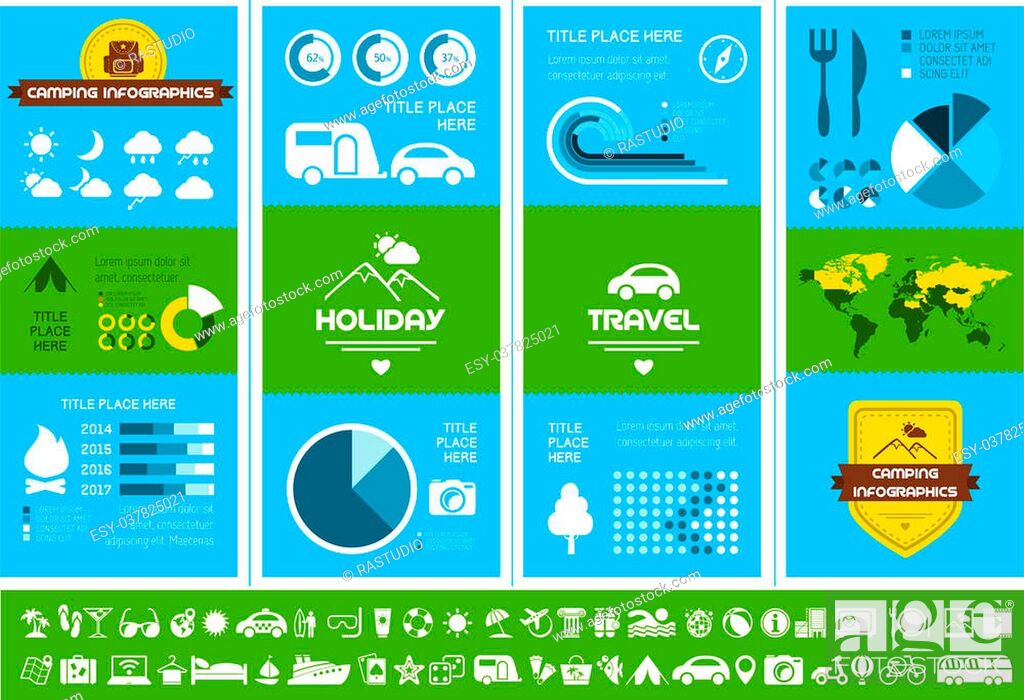How To Use Stove Placement For Better Ventilation
The Advantages and disadvantages of Cotton Vs Polyester CanvasPolyester fabric discovers a varied series of applications throughout the garment industry. Whether you're an artist looking for a steady painting surface area or a maker looking for solid attractive materials, polyester canvas offers the best balance of stamina, versatility and environment-friendly top qualities.
Nonetheless, some people favor cotton for its breathability and gentleness. Garment designers might intend to consider a 50/50 Cotton/Polyester mix for projects that require both resilience and convenience.
Cost
Cotton canvas is extra expensive than polyester as a result of its resource-intensive cultivation process. It likewise calls for careful handling and storage space to protect its top quality over time. These included expenditures can drive up the general cost of production for musicians and manufacturers.
One more downside to cotton canvas is its susceptibility to fading and damage from UV direct exposure. This can lead to decreased shade vibrancy over time and a loss of structural stability, specifically in areas that experience regular call or heavy load-bearing.
In comparison, polyester is an artificial fiber that's crafted for consistency and sturdiness. This makes it an extra cost-effective option for suppliers and buyers, particularly in locations where long life is a top priority. The material's toughness additionally offers enhanced resistance to creases and fracturing over time. The synthetic nature of polyester, nevertheless, can leave a bigger environmental footprint than cotton canvas if it's not sourced from organic or low-impact systems. This is a crucial factor to consider for companies pursuing sustainability and eco-conscious branding.
Resilience
Out there for canvas rolls, customers encounter a wide variety of options with contending concerns. Cotton uses all-natural appearance and breathability, perfect for brands focused on sustainability and craftsmen craftsmanship. Polyester, on the other hand, provides a balanced combination of stamina and security and printing efficiency with shade vibrancy and toughness.
Inevitably, the textile you pick for your items have to mirror the guiding principles of your brand story and values. While cotton can offer a premium visual, it's likewise susceptible to shrinking and upkeep prices, while polyester makes it possible for far better manufacturing performance and lasting price performance.
Both fabrics are durable and carry out well in wet settings, yet their different high qualities make them appropriate for different applications. Cotton canvas is much more breathable, decreasing the risk of mold and mildew in locations with high moisture. Polyester, on the other hand, is waterproof and dries out swiftly in atmospheres where moisture can be problematic. This can reduce the threat of dampness accumulation in the material, avoiding warping or rot in your product over time.
Convenience
When reviewing material alternatives for your brand name-- whether you're starting a workwear line or a comfortable loungewear canvas satchel brand-- the sort of cotton or polyester canvas you pick effects exactly how your products look, really feel, and put on. While all canvas types support print-on-demand and offer high form stability, they vary in shade discussion and printing toughness, comfort, and sustainability.
Cotton and cotton-polyester blends provide a soft texture, all-natural organic look, and exceptional warmth equilibrium compared to synthetic choices. Cotton's fibers wick dampness away from the skin and allow warmth to get away, making it perfect for clothing that calls for long term wear in warm environments.
On the other hand, polyester's artificial nature and petroleum-based manufacturing process have an adverse energy balance, which can make it much less environment-friendly than cotton in the long run. Polyester's abrasion resistance and water-repellency are superb, nevertheless, that makes it the ideal selection for heavy loads or rough weather conditions like rainstorms or marine settings.
Environmental Impact
Whether picking cotton or polyester, the suitable product for personalized production depends on item efficiency goals. Toughness, durability, and longevity are very important variables when making items that will sustain repetitive abrasion, hefty load-bearing, or high stress and anxiety factors. Water resistance, seam integrity, and UV stability are likewise essential to long-lasting success in exterior and moist settings.
While both materials can execute well in these areas, their ecological impact is somewhat various. Cotton's natural, breathable building and construction needs significantly a lot more sources for cultivation than polyester's synthetic fibers.
When picking an environmentally lasting textile, think about a variety of effect evaluation approaches to evaluate the complete ecological footprint of your product. Some concentrate on specific effects (like international warming potential, water use, and deficiency) while others rely on more alternative analyses like ReCiPe, ILCD, CML, and Eco-indicator 99.
